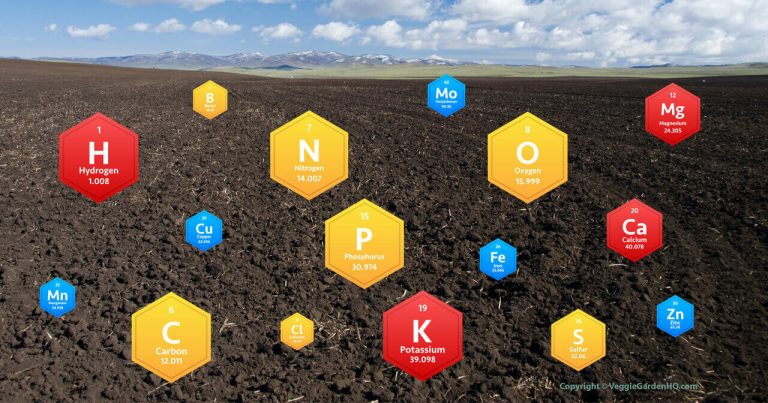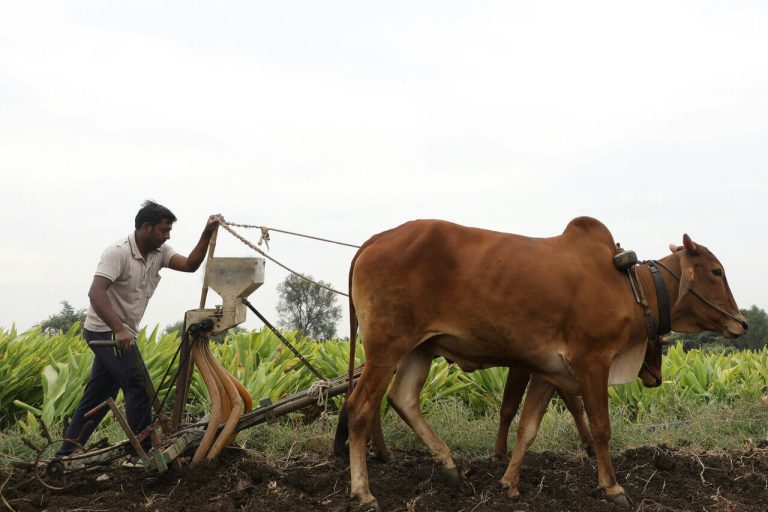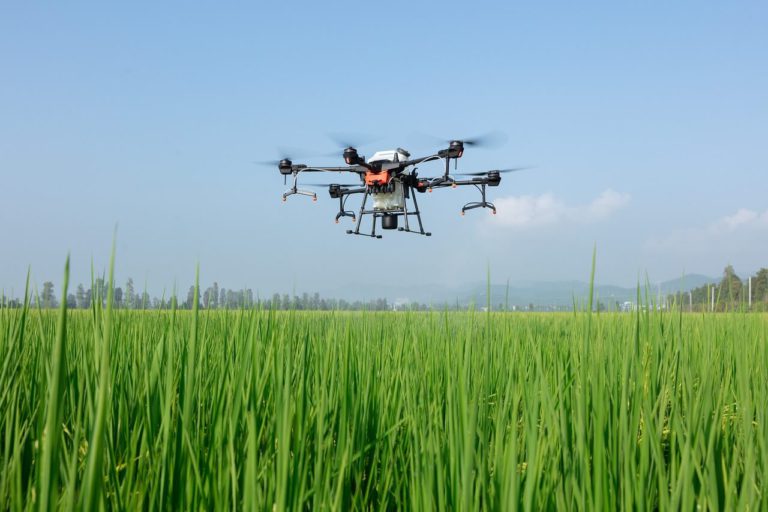How to Care for Vegetables in Summer Heat
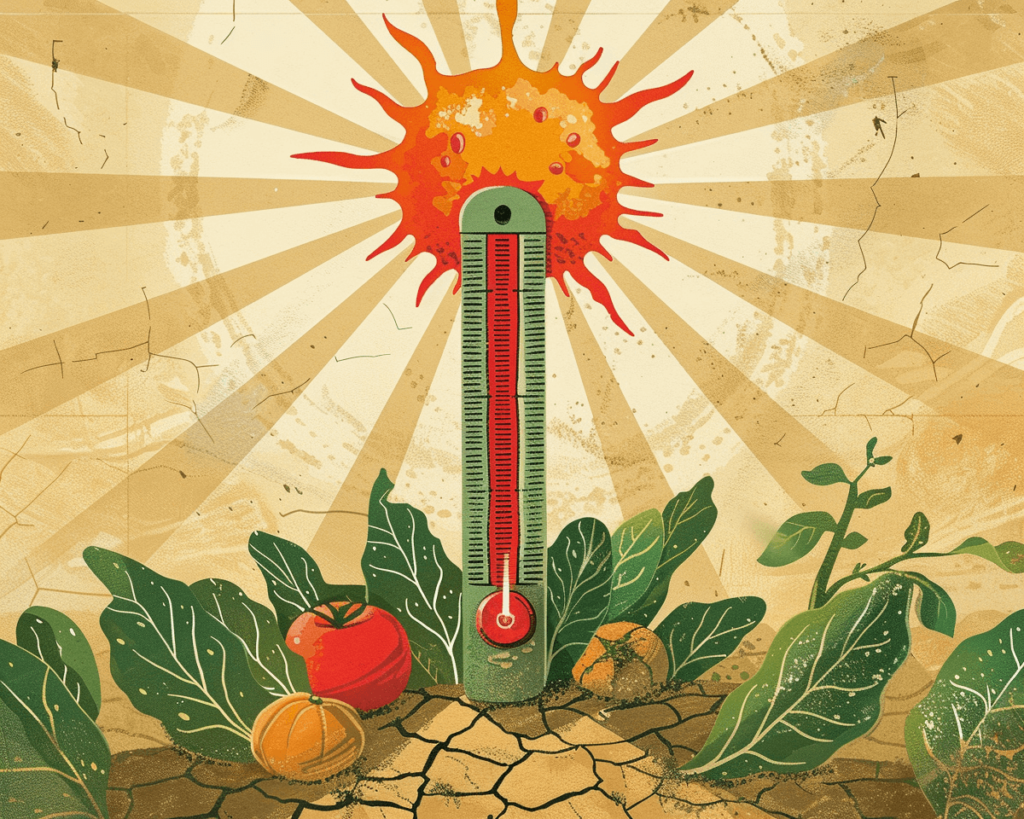
How to care for vegetables in summer heat is not without challenges. Most veggies need a good amount of heat to grow, but there’s a limit. Just as too much heat for you and me can cause heat exhaustion or even heat stroke, intense heat can stress plants too. Stressed plants don’t produce well and can even change the taste of their harvest.
What’s a gardener to do to combat summer heat?
The answer is a combination of understanding the climate in which you garden plus choosing heat-tolerant varieties, watering effectively, and optimizing specific strategies to give those plants extra help. If you use these tactics, you can give your garden the boost it needs to continue producing well, even in the hottest months.
Understanding Your Climate and How it Affects Vegetables in Summer Heat
Gardening is greatly affected by the climate you garden in. The difference in climates from Northern Montana to Southern Texas is huge. It’s important that you understand how your area will impact the plants in your garden.
In the United States, we can use the USDA Hardiness Zone map and the AHS Heat Zone Map as guidelines. The hardiness zones provide metrics on the average winter cold ttemperatures for your area while the heat zone provides the average summer heat.
Knowing these general temperature ranges helps tremendously in choosing what will grow well in a particular area. For instance, when I lived in the Colorado mountains, it was quite easy for me to grow leafy greens because the summer temperatures were not too hot. These same cooler-loving greens are more challenging to grow now that I’m in Texas with summer temperatures that routinely exceed 100°F.
Looking more closely at your garden, it’s important to understand the microclimate in the exact spot each plant grows. Factors that affect and create microclimates include wind, shade, proximity to a water source, etc.
Plants in full sun all day long will grow differently than plants with partial shade. The same is true for plants in an open area with full winds versus plants next to a structure that provides a wind break. Or plants on a hill top versus plants in a low area where cooler air settles. Or plants near a water source versus not.
The point is plants will grow differently from location to location based on many different factors. While you can’t change the weather in your garden, you can change where your plants are within your garden. This placement will allow subtle changes in microclimate which can have a big impact on your harvest.
Best Vegetables in Summer Heat
Not all vegetables like the same growing conditions, especially when it comes to heat. Leafy greens are an example I mentioned before. There are some varieties of leafy greens that are heat lovers, such as Malabar Spinach which is included in this list, but for the most part, they prefer cooler climates. To give your garden the best chance for success, you should choose vegetables that have been shown to grow well in your climate. These are some of the best veggies to grow in summer heat:
- Tomatoes: Known for their love of sun and heat, tomatoes are a summer staple. Varieties like cherry and Roma tomatoes are particularly resilient in hot conditions.
- Peppers: Both sweet and hot peppers flourish in warm weather. They require full sun and well-drained soil to produce abundant yields.
- Okra: A true heat lover, okra performs exceptionally well in hot climates. Its rapid growth and high productivity make it a favorite for summer gardens.
- Eggplant: Another heat-tolerant vegetable, eggplant thrives in high temperatures. Varieties such as ‘Black Beauty’ and ‘Ichiban’ are well-suited for summer gardening.
- Malabar Spinach: Unlike traditional spinach, Malabar spinach loves the heat and humidity. It is a vining plant that provides nutritious greens throughout the summer.
- Sweet Potatoes: These tubers are perfect for hot climates, requiring long, warm growing seasons to develop fully.
- Zucchini and Summer Squash: These vegetables grow rapidly and are highly productive in warm weather. They require regular watering and full sun.
- Black-eyed Peas:Also known as cowpeas, these legumes are drought-tolerant and thrive in hot conditions, providing a good source of protein.
Tactics to Manage Vegetables in Summer Heat
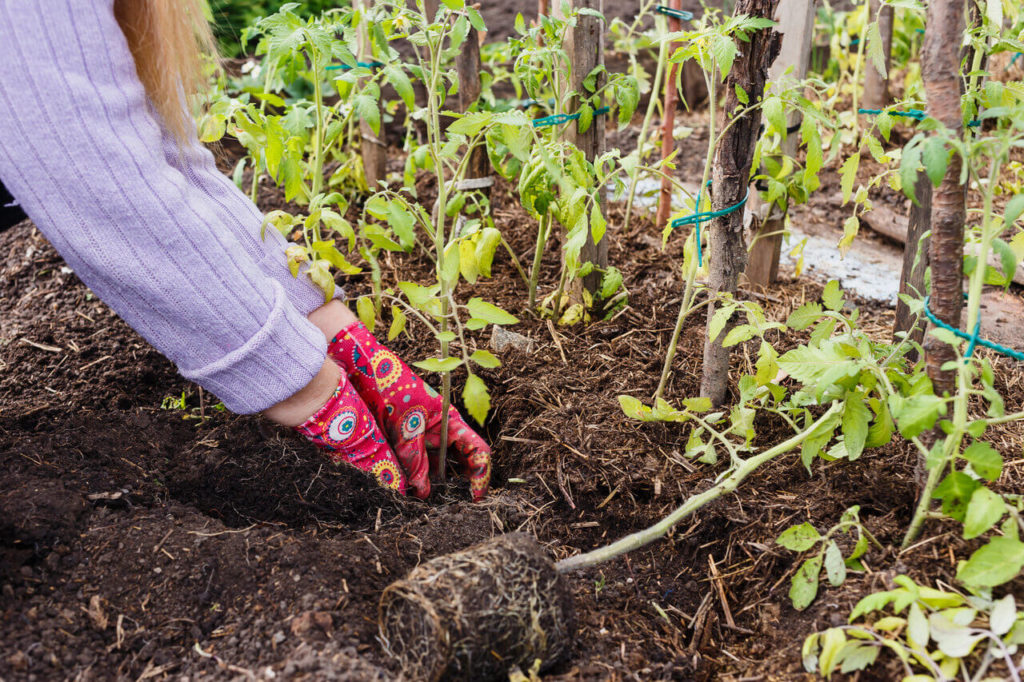
Now you know if you garden in a hot area, you should choose heat-tolerant plants for the best chances of success. Sometimes, if you’re like me, you still want to try and grow something that’s not particularly suited to your climate. My results have varied. Some were disappointing while others were successful.
Since I can’t change the weather where I live and garden, I looked at adjusting the microclimate using specific tactics. Seemingly small things can and have made a big difference in how a plant grows and the amount of produce it bears.
Mulch and Shade Make a Difference
One of the best tactics to implement is to use mulch. Mulch helps in several ways and makes the biggest difference in my garden when I use it. It helps retain soil moisture, so plants don’t dry out as quickly, lowers the soil temperature because it blocks direct sunlight, and suppresses weeds that might otherwise use up vital nutrients my plant needs. My go-to mulch is wood chips because it tends to stay put, even in windy areas, but straw will also work.
Providing protection from the midday sun gives plants a break from the hottest part of the day. This can be done by strategically planting in an area that receives shade from a tree or structure at that time. It’s likely to be easier to use a shade cloth or row cover. I’ve used row covers made of a lightweight, water permeable material that I placed over hoops in my raised beds. These worked well as long as the plants didn’t grow taller than the row covers allowed. Another idea is to use shade cloths to protect vegetables in summer heat.
Water Delivery and Soil Prep Can Make or Break a Garden
My favorite way to water is by using drip irrigation. It allows me to deeply water exactly where I want it (directly above the plant roots) and not where I don’t want it (on the foliage and weeds). Because the water is dispersed in droplets that are delivered at the ground level, the water is less likely to evaporate. When water is sprayed, it is usually done so from a higher position that delivers a fine mist. This mist lands on foliage and may not even make it to the soil before it evaporates or is blown elsewhere by the wind. Drip irrigation is an efficient way to deliver water, reducing waste.
Preparing soil properly is another tactic that will greatly increase a plant’s viability. Raised beds and containers are two of the easiest places to amend soil but it can also be done in ground level garden beds. Amending soil with organic compost provides healthy nutrients that plants love. This encourages healthy plant growth that will allow them to withstand heat stress.
Although these tactics won’t change the overall climate where you garden, they might provide just enough of an advantage that allows your veggies to beat the heat during the hottest parts of summer.
Soil and Nutrition
I briefly touched on soil and plant nutrition, but it deserves more attention as a viable tactic that will make a difference in growth for vegetables in summer heat.
Feed Your Soil
Soil that’s the right consistency will maintain a healthy amount of water longer. Similar to Goldilocks and the Three Bears, there can be too much water, not enough water, or just the right amount. Starting with a soil mixture that contains the right amount of organic matter, like compost, is key. This will improve the structure of the soil to help retain water and provide nutrients to plants.
As the plants grow, it’s important to continually amend the soil with more compost. This can be easily done by “top dressing” or spread compost on top of the soil at the plant base. The added nutrients will find their way quickly to the plants. It will also help to hold moisture which is especially important during hot weather.
As plants grow, they utilize nutrients, and these need to be replaced. A good organic compost is an excellent source of nutrients. It’s also possible to use a balanced fertilizer that adds nitrogen, phosphorus, and potassium. If you opt for a non-compost fertilizer, choose one that offers slow release to prevent nutrient leaching and provides steady nourishment during hot months.
Maintain Your Soil
Knowing how much fertilizer to add is imperative, so you need to conduct a soil test periodically. A good rule of thumb is to run a test when you first establish a garden bed, and then every couple of years thereafter. The test results will identify nutrient levels, including deficiencies. A soil test completed by a state extension office will also share recommended amounts of nutrients to add to the soil based on what you want to grow. This is very helpful and will significantly improve a plant’s health and productivity.
The icing on the cake in a garden is the mulch that tops the soil. An organic mulch like straw or wood chips helps maintain a healthy growing medium for the plant. It conserves water by holding it at a healthy level for a longer amount of time. It slows the growth and spread of weeds saving the nutrients for the veggie plant. As organic mulch ages, it gradually decomposes and adds nutrients to the soil.
When you make soil health a priority in you garden and you give your plants necessary nutrients, you give them a better chance at surviving in hot temperatures. And, healthy plants are better able to combat pests and diseases.
Pest and Disease Management
As if heat isn’t a big enough hurdle, a healthy garden needs to also fight off pests and diseases. This is more difficult in extreme heat when plants are stressed. As with making adjustments to your microclimate, there are a few tactics you can employ to protect plants from these invaders.
Pests and Disease
During hot weather, pests like aphids, spider mites, and whiteflies can become an issue. Your best defense is to know your garden and recognize when these pests appear. Have you ever heard that you should talk to your plants? If you do, that means you’re close to them and more likely to spot unwanted predators. If and when you do, you can introduce beneficial insects, such as ladybugs that naturally target undesirable insects. Using organic insecticides that include neem extracts and pyrethrum may be an option. Materials derived from other acceptable sources include insecticidal soaps, vegetable and mineral oils, and sulfur dust. Use these as a last option and only after reading and following the manufacturer’s directions and warnings.
Another potential issue that increases with high temperatures and humidity is fungal disease. Diseases like powdery mildew and blight thrive during hot summers. You can help prevent their emergence and spread by improving airflow and circulation around plants. Do this by maintaining proper plant spacing. You also combat and prevent disease when you use drip irrigation and water only the base of plants and not the foliage.
Other Strategies
Seasonal and yearly crop rotation is another easily managed tactic to prevent pests and diseases. This allows you to break the cycle of insect growth and diseases that occur within the soil. Because insects and diseases target different plant families vary what you plant each time and stop them from building up.
You can also choose vegetable varieties that are resistant to the disease you want to combat. Look for those labeled as resistant to common diseases in your region. Your state extension offices is an excellent resource for this as well.
Lastly, you need to maintain a clean garden. This means that you remove spent plant debris and weeds which can harbor pests and diseases. If plants are infested, promptly removing them will decrease the likelihood of spread. Never add diseased plant debris to your compost. Instead, bag it and place it in your garbage or burn it if you can do so safely.
When you combat pests and diseases, you give your plants a better opportunity to survive the summer heat, allowing them to produce a desirable harvest.
Harvesting and Storage
As you begin to harvest produce from your garden, maximize the yield and increase the longevity by following these tips:
- Harvest Timing: Harvest vegetables in the early morning when temperatures are cooler to reduce stress on the plants. Each vegetable has its optimal harvesting time:
- Tomatoes: When they are firm and fully colored.
- Peppers: When they reach desired size and color.
- Zucchini and Summer Squash: When they are about 6-8 inches long.
- Handling: Handle vegetables gently to avoid bruising. Use sharp, clean tools for cutting to minimize damage and reduce the risk of disease
- Storage Conditions: Different vegetables have specific storage needs:
- Cool and Humid: Leafy greens and root vegetables like carrots.
- Cool and Dry: Onions and garlic.
- Room Temperature: Tomatoes and peppers, which continue to ripen after harvest.
- Preservation: Extend the shelf life of your harvest by using methods such as canning, freezing, or drying. These techniques help preserve the nutritional value and flavor of your vegetables
Growing vegetables in the summer heat can be challenging but not impossible. If you use the right strategies, you can produce an abundant harvest. Remember that things like mulch, shade cloths, and proper watering will increase your success. Maintain well-prepared and nutritious soil that gives your plants the strength needed to fight off pests and diseases. Finally, harvest at the appropriate time to enjoy fresh produce that lasts longer. Follow these practices and you can have a thriving vegetable garden even in the hottest months.
Kim Nelson is a Master Gardener in Texas and previously in Colorado. She understands the challenges of growing vegetables in extreme cold and extreme heat and has developed techniques that work even in these extremes. She recommends these books to learn more.

